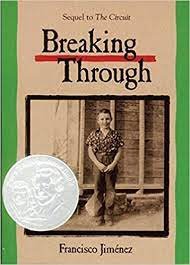ON "National Emblem"
Marches Madness: From Trash Can To Flagpole
March 25, 201310:47 AM ET by Tom Huizenga
It's Marches Madness! Throughout this month, we're posting some of our favorite marches — from the concert hall, opera stage and parade ground. Got one we should hear? Played any yourself? Let us know in the comments section.
I could sing a smidgen of Edwin Eugene Bagley's National Emblem before I even knew what a march was.
As a very young grade-schooler, I heard a little ditty — "Oh, the monkey wrapped his tail around the flagpole" — on the playground, but I was blissfully unaware of either the famous march it was attached to or the naughty lyrics that followed. It was just a fun line to warble now and again. (If you don't know it, the line corresponds to the short melismatic phrase first heard 44 seconds into this United States Air Force Heritage of America Band performance.)
Who can say how the words and the music became linked — surely not by Bagley himself, but you never know. In the 1860s, before he reached his teens, Bagley toured as a singer and comedian with a troupe called Leavitt's Bellringers. Later, he took up the cornet and trombone and eventually played with the Boston Symphony.
Bagley wrote many marches, but none that captured American pride like the National Emblem. With its bright beat and clever transformation of The Star Spangled Banner it became a favorite, still heard often on the Fourth of July.
But Bagley wasn't happy with his National Emblem at first. He wrote it on tour in 1902 on a train, the story goes. Dissatisfied with the ending, he threw it in the trash, but his band members rescued it and surprised him with a performance at their next concert. He sold the copyright for $25.





